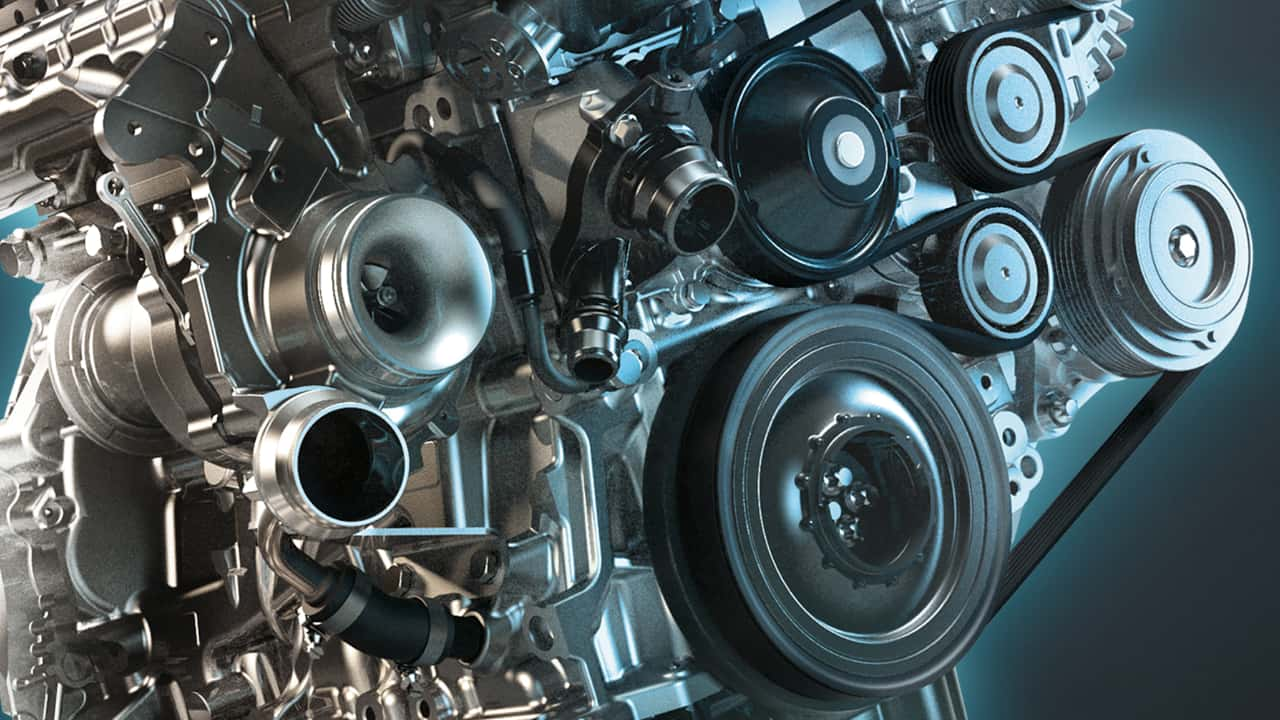- Arabic
- French
- Russian
- Spanish
- Portuguese
- Turkish
- Armenian
- English
- Albanian
- Amharic
- Azerbaijani
- Basque
- Belarusian
- Bengali
- Bosnian
- Bulgarian
- Catalan
- Cebuano
- Corsican
- Croatian
- Czech
- Danish
- Dutch
- Afrikaans
- Esperanto
- Estonian
- Finnish
- Frisian
- Galician
- Georgian
- German
- Greek
- Gujarati
- Haitian Creole
- hausa
- hawaiian
- Hebrew
- Hindi
- Miao
- Hungarian
- Icelandic
- igbo
- Indonesian
- irish
- Italian
- Japanese
- Javanese
- Kannada
- kazakh
- Khmer
- Rwandese
- Korean
- Kurdish
- Kyrgyz
- Lao
- Latin
- Latvian
- Lithuanian
- Luxembourgish
- Macedonian
- Malgashi
- Malay
- Malayalam
- Maltese
- Maori
- Marathi
- Mongolian
- Myanmar
- Nepali
- Norwegian
- Norwegian
- Occitan
- Pashto
- Persian
- Polish
- Punjabi
- Romanian
- Samoan
- Scottish Gaelic
- Serbian
- Sesotho
- Shona
- Sindhi
- Sinhala
- Slovak
- Slovenian
- Somali
- Sundanese
- Swahili
- Swedish
- Tagalog
- Tajik
- Tamil
- Tatar
- Telugu
- Thai
- Turkmen
- Ukrainian
- Urdu
- Uighur
- Uzbek
- Vietnamese
- Welsh
- Bantu
- Yiddish
- Yoruba
- Zulu
Nov . 04, 2024 19:47 Back to list
15mm Open Timing Belt Configuration and Applications for Precision Mechanisms
Understanding 15mm Open Timing Belts Key Features and Applications
Timing belts are critical components in various mechanical systems, ensuring that different parts of machinery operate in synchronization. Among the different types of timing belts available in the market, the 15mm open timing belt stands out due to its unique characteristics and versatility. In this article, we will explore the essential features, advantages, and applications of 15mm open timing belts.
What is a 15mm Open Timing Belt?
A timing belt is a type of synchronous belt that is designed to transmit power and motion between rotating shafts. The 15mm refers to the width of the belt, which is 15 millimeters. The open designation indicates that the belt is supplied in a continuous length, allowing users to cut it to the desired length for their specific applications.
Key Features
1. Material Composition 15mm open timing belts are typically made from durable materials such as neoprene, rubber, or polyurethane, reinforced with fiberglass or steel for added strength. This makes them resistant to wear, temperature variations, and tensile stress.
2. Toothed Design The inner side of the belt features evenly spaced teeth that engage with pulleys or gears. This toothed design ensures that there is no slippage, providing precise timing and control over the machinery’s operation.
3. Customizable Length Being open-ended allows users to customize the length of the belt according to their specific needs. This feature makes it highly versatile for various applications.
4. Flexibility and Bend Radius 15mm open timing belts are relatively flexible, allowing them to bend around pulleys and other components without compromising their functionality.
5. Low Noise Operation Compared to chain drives or gears, timing belts tend to operate more quietly, making them suitable for applications where noise reduction is essential.
Advantages of 15mm Open Timing Belts
15mm open timing belt

- Precision The synchronous nature of timing belts ensures that they maintain precise timing between shafts, which is crucial in applications that require exact movements. - Reduced Maintenance Timing belts require less maintenance compared to mechanical systems like chains and gears. They do not need lubrication, reducing the overall maintenance requirements of the machinery.
- Cost-Effectiveness The durability and low maintenance requirements of 15mm open timing belts make them a cost-effective choice over time, despite a potentially higher initial investment
.- Wide Range of Applications Their adaptability makes them suitable for various uses, from automotive engines to manufacturing equipment and robotics.
Applications
1. Industrial Machinery Many conveyor systems and production lines use 15mm open timing belts to ensure smooth operation and consistent product flow.
2. Automotive Industry Timing belts play a critical role in automotive engines, enabling synchronization between the crankshaft and camshaft for optimal performance.
3. Robotics 15mm open timing belts are common in robotic arms and automated systems, where precision and reliability are paramount.
4. Consumer Electronics Some home appliances and office equipment use timing belts to control movement and facilitate various functions.
5. Agricultural Equipment Certain types of farming machinery employ timing belts for their reliability and ability to handle varying loads.
Conclusion
The 15mm open timing belt is a versatile and essential component in many mechanical systems. Its unique characteristics—such as customizable length, low maintenance, and high precision—make it a preferred choice in a variety of industries. Understanding the features and applications of this timing belt can help users select the right product for their specific needs, ensuring optimal performance and longevity in their machinery.
-
Upgrade Power Steering Pump Belt for Smooth, Quiet Operation
NewsAug.27,2025
-
Precision Timing Belt & Chain: Engine Performance & Durability
NewsAug.26,2025
-
Precision Lathe Drive Belts: Durable & Reliable Performance
NewsAug.25,2025
-
84.5 Serpentine Belt: Durable & Precision Fit for Your Engine
NewsAug.24,2025
-
Premium Ribbed Drive Belts for Quiet Power Transmission
NewsAug.23,2025
-
High-Performance Vehicle Timing Belt for Engine Precision
NewsAug.22,2025

